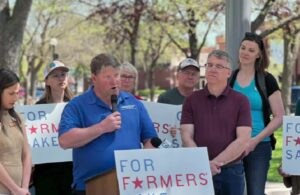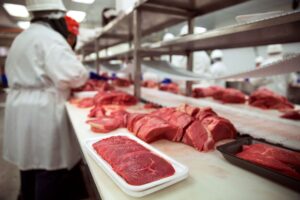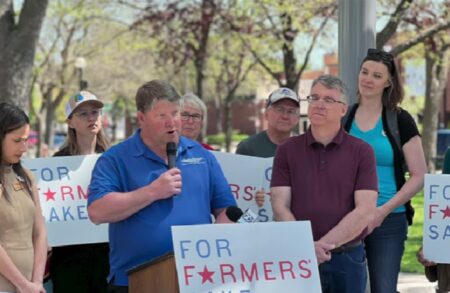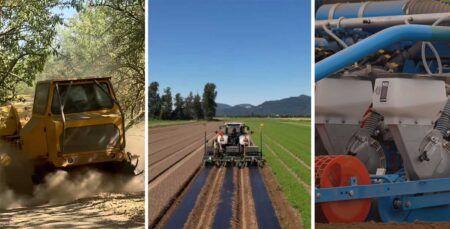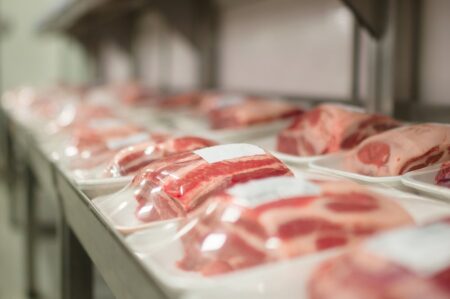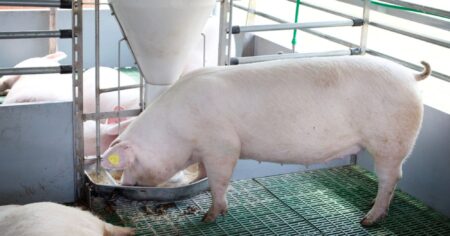The federal government shutdown has continued, resulting in another week without the USDA publishing a Crop Progress report. The Economics, Statistics, and Market Information System website, which houses the Crop Progress reports, “will not be updated during the funding lapse,” according to a site notification.
According to a Reuters poll of 10 analysts on Monday, the U.S. corn harvesting progress lagged behind last year’s pace. On average, the analysts estimated that 44% of the U.S. corn crop had been harvested as of Sunday, with estimates ranging from 35–55% for corn.
Without the USDA Crop Progress report, the Successful Farming team is relying on the expertise and boots-on-the-ground perspective provided by agronomists throughout the Corn Belt. Here’s a closer look at the corn crop progress in Iowa, Illinois, and Nebraska through the perspective of local agronomists.
Iowa
In Iowa, Eric Wilson, Wyffels agronomy manager in southern and northeast Iowa, shared that corn harvest is moving quickly, with some farmers in his area nearing the end of corn harvest.
“Yield averages continue to remain variable, with much of the crop being average to below average,” Wilson said. “In the south, corn has dried quickly, and many fields are coming out sub-14% moisture.”
Jared Goplen, Wyffels agronomy manager in northwest Iowa, southern Minnesota, and eastern South Dakota, is also experiencing a rapid harvest. He estimates that 60% of corn is complete in his geography.
“The hot, dry weather to end September and begin October has allowed even fuller-season corn to dry down very fast,” Goplen said. “There is not much corn, if any, over 20%. This has helped keep harvest moving at a fast pace. Yields have been good overall — just not as many fields breaking records as what some had hoped.”
Currently, he’s seeing fuller-season maturities performing better than earlier ones, as the full season products took advantage of the late grain-fill window.
Last year at this time, 45% of the Iowa corn crop had been reported by the USDA as harvested.
Illinois
Phil Krieg, agronomy service representative for Syngenta Crop Protection in Illinois, shared that corn harvest is 60% complete.
“Overall yields are worse than expected at 30–50 bushels per acre behind last year at least,” Krieg said. “There are yield reports that are at the levels we experienced in 2012. Soil type and missed rains separate the good yields from the bad yields.”
Corn moisture is below 20% in Krieg’s territory.
“Late-June-planted corn is still green and will be weeks away from harvest,” he said. “Considering ear size and kernel set, it will be a very slow dry-down as there is not a heavy draw of energy on the plants.”
Last year at this time, 49% of the Illinois corn crop had been reported by the USDA as harvested.
Nebraska
Travis Gustafson, agronomic service representative for Syngenta Crop Protection, estimated that 10–15% of corn has been harvested in his Nebraska territory.
“A lot of the corn coming out now is from fields that died off early due to lack of rain on dryland acres or heavy disease pressure,” said Gustafson. “Yields in fields with heavy disease pressure are in the low 200s, whereas fields that were sprayed at least once with a fungicide are holding in the 250–280 range… Good corn yields were not an accident this year!”
Last year at this time, 45% of the Nebraska corn crop had been reported by the USDA as harvested.



